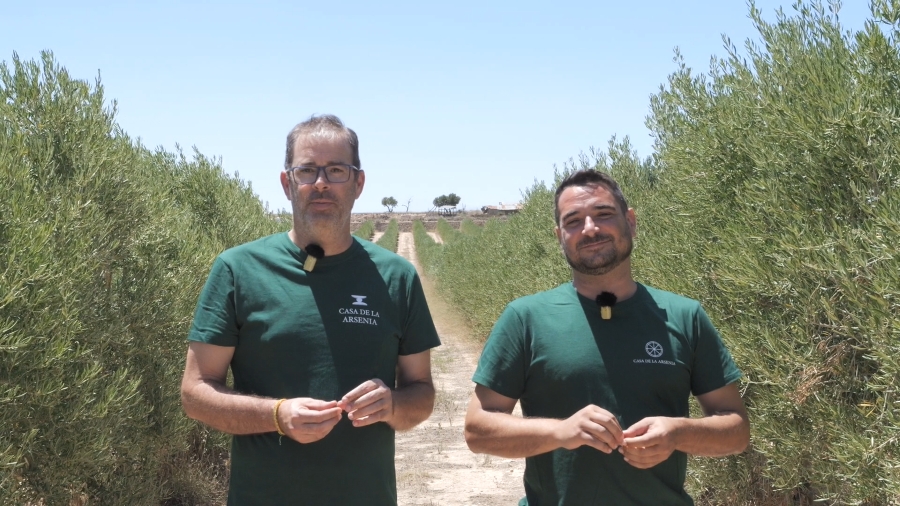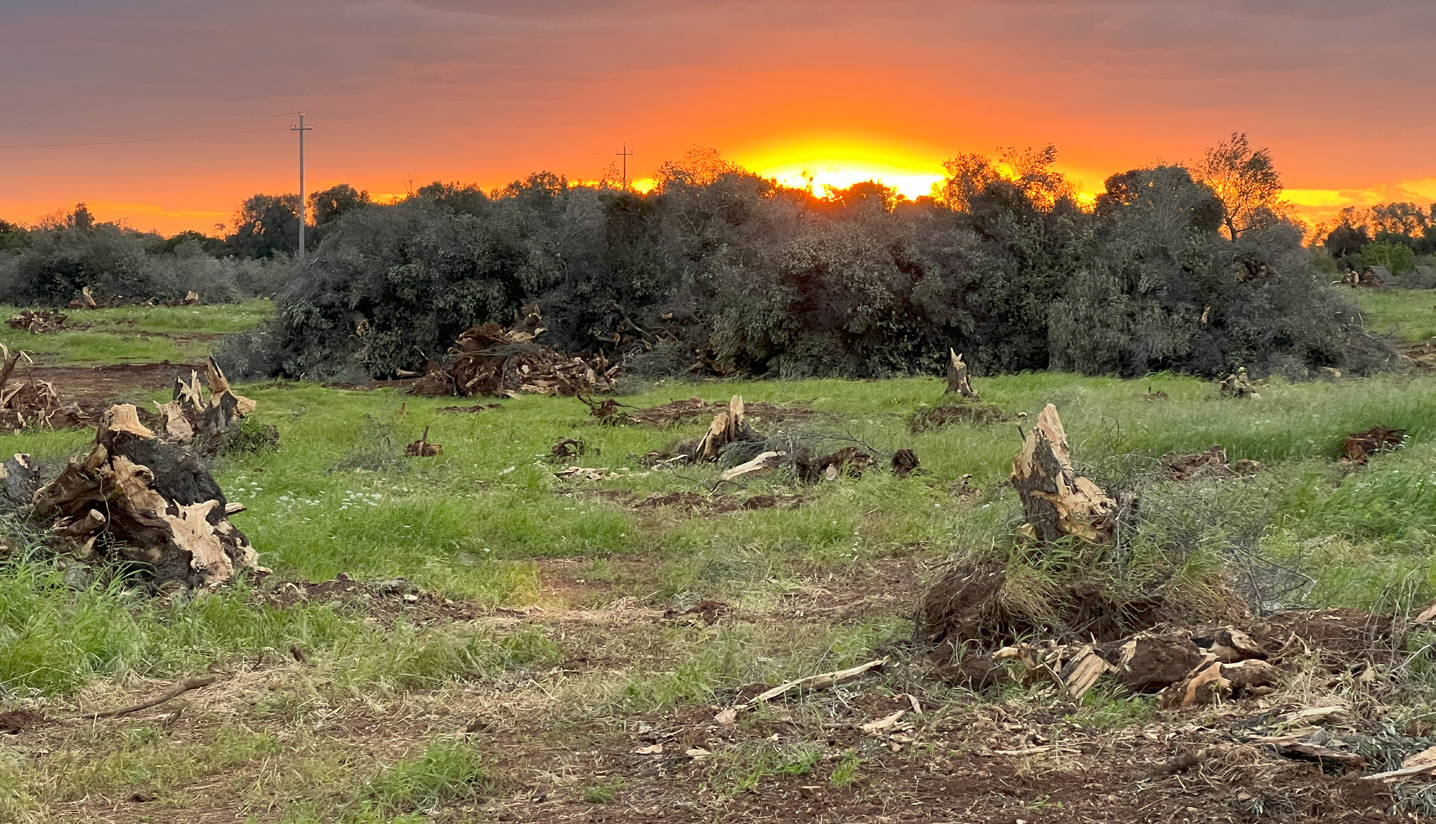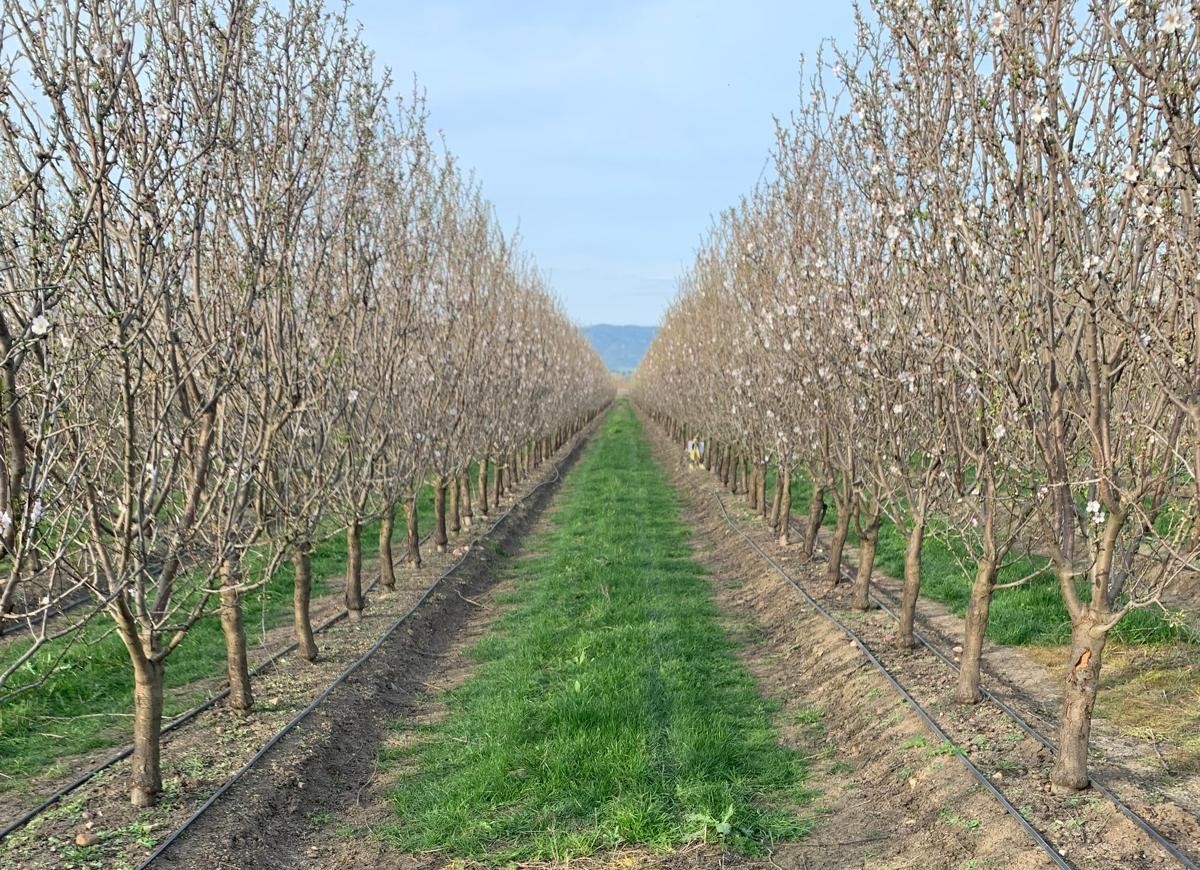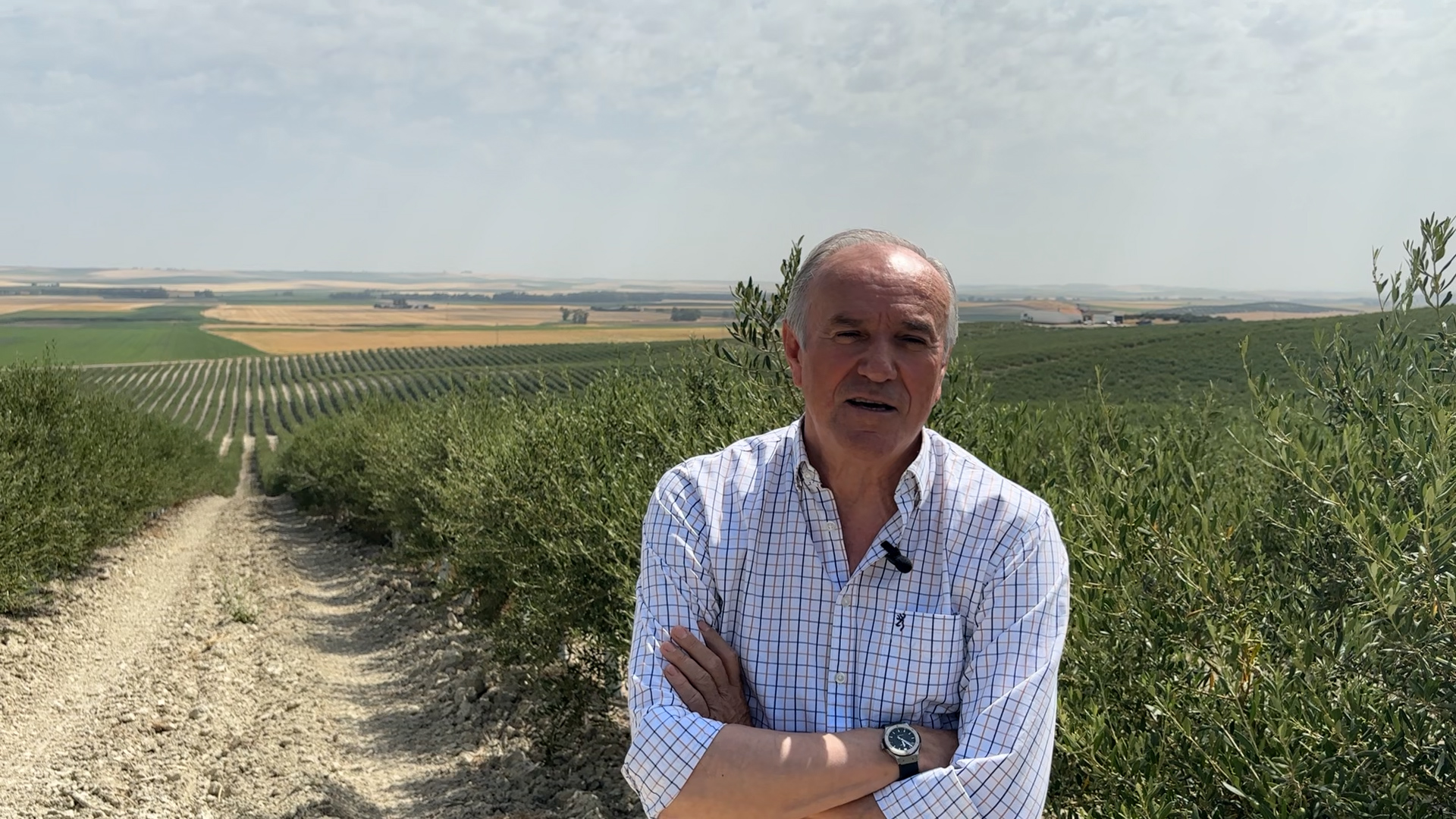From the Kitchen to the Culture of Olive Oil: The Journey of Matia Barciulli
The olive oil we use today is the best it has ever been
Who is Matia Barciulli? Tell us about yourself…
My résumé is a bit unusual — I don’t have big names behind me, but I do have a lot of hard work. I started at 14 while attending the Aurelio Saffi Professional Hospitality Institute in Florence. Born in Florence in 1980 and living in San Casciano V.P. since then, it was only natural that I took my first professional steps there. My journey has been part planned, part serendipitous. But the constant in those early years was my desire to experience every aspect of the profession of a “chef.”
So here I am in pizzerias, in community centers, in small family-run restaurants, in large hotel chains like Accor, in catering, or spending two summer seasons in Sardinia. I’ve taught cooking courses for Coop members in the provinces of Florence and Siena, and curated olive oil–dish pairings at various conferences dedicated to extra virgin olive oil. From this experience, and following the passing of my olive oil mentor Marco Mugelli, I decided to found an association. Since 2013, we’ve been awarding the Oscar for excellent extra virgin olive oil: “Il Magnifico.”
In 2001, I met Marcello Crini and began my adventure at Osteria di Passignano. I started under the guidance of Chef Marco Stabile, who concluded his time at the Osteria in December of that year. From then on, a long period of research, innovation, advanced training, and travel around the world began (San Francisco, New York, Stockholm, Helsinki, Barcelona, Budapest, Seoul, Dubai, Vienna, Astana, Zurich…) to better understand how to elevate Osteria di Passignano. And finally, after much effort, Michelin awarded us our coveted star in 2007.
In 2009, another adventure: “La Prova del Cuoco,” a RAI 1 show that embodies Italy’s passion for cooking. From 2003 to 2013, I collaborated with the regional show “Sapori di Toscana” with Claudio Sottili and Annamaria Tossani on Italia 7, which later became “Aspettando il TG” on the same network. In 2010, I debuted on the satellite channel “Alice” in the show Casa Alice, followed in 2011 by Le Stagioni.
Together with my colleague Nicola Damiani, we led the kitchen at Osteria di Passignano for 12 years, striving to bring our origins into the future. This is my “tradition”: lightening an essential, clean cuisine with intense flavors, presented as elegantly as possible, never compromising on taste.
Along this journey, I discovered my passion for pastry and breadmaking, aiming to infuse our dessert menu with the culture of our community — a concept I’ve embodied in a menu inspired by the damned souls of Dante’s Inferno, where each sin is represented by a dessert.
In 2013, a new challenge began. Antinori, the prestigious winery we work for, opened its new and impressive cellar in Chianti Classico. Here, I have the pleasure of overseeing the restaurant operations, which include “Rinuccio 1180,” corporate events, and a cafeteria serving 150 meals daily.
Also in 2013, our cooking school finally found a permanent home. In collaboration with KitchenAid, “La Scuola di Cucina di Fonte de’ Medici” became the food and wine training center of Chianti, housed in a renovated barn surrounded by vineyards. Here, I can satisfy the curiosity of enthusiasts and meet the demands of the most discerning guests.
In 2013, together with Giorgio Mori, I founded “Il Magnifico,” the Oscar of Italian olive oil, in memory of two great friends and mentors, Marco Mugelli and Massimo Pasquini.
In 2017, I joined the central division of the Antinori family’s restaurant operations, tasked with coordinating technical aspects. In all these projects, the key has been creating experiences — reasons for guests to dedicate part of their time in Italy to us. That’s why I define myself as a gastronomic storyteller, balancing cost-effectiveness with emotional impact.

How is quality olive oil promoted in 2023? How can this product be made known and appreciated by the general public? How do we overcome the price barrier?
These are questions that anyone who lives off olive oil asks themselves daily. And while the answer isn’t simple, it does exist — and that alone is a great comfort.
Olive oil, when tasted properly, becomes addictive. It creates a “before and after.” But this only happens under specific circumstances. A quick taste at a booth isn’t enough — it requires a deeper relationship. Olive oil doesn’t reveal itself immediately; it needs intimacy, and its ideal place is at the table, its natural setting.
For “humans” — that is, the vast majority of people who are not part of the small circle of olive oil connoisseurs — a quick taste at a booth, either pure or on a slice of bread, may spark a small emotion, but one that fades quickly and rarely leads to a purchase. However, when presented as part of a dish, olive oil spreads its wings and soars. That’s when it can strike the heart and become part of someone’s gustatory memory forever.
My killer dish? Raw prawn, herbaceous olive oil, a drop of soy sauce, and fresh basil threads. One-shot prawn. A concentration of fats that, in theory, should leave the mouth coated — but instead, the green notes of the oil cleanse everything and bring a slightly spicy, almost “exciting” sensation.
If you’ve noticed, I refer to olive oil with almost human adjectives, with nuances close to sensuality — because olive oil is a living product, and like all food, it has a carnal, deep, and intimate connection with us.
But be careful not to use the word pairing, because olive oil is not a beverage — it’s an ingredient, and should be used as such. Do we ever talk about pairing a tomato? Or flour? We pair wine with a dish — two finished products that complement each other. Olive oil, on the other hand, should be used in a way that allows it to shine.

So what’s the answer to the initial questions? Olive oil needs to be tasted in use, and it performs best when this happens at the place of production. That’s why I strongly recommend activating mill visits and experiences that allow people to truly understand it. I believe in this so much that I’m dedicating myself entirely to developing this sector, bringing with me 20 years of experience in the wine world, learning from its successes and adapting to the differences and specificities of olive oil.
And the price? Let’s talk about the general budget a family spends on olive oil. The largest portion goes to oil used for cooking, then to oils used raw. So, dear producers, your production pyramid should follow this dynamic: produce good oils that can be sold at a reasonable price, and then gradually move up the pyramid, reducing quantity but increasing quality and price.
It’s easy to understand that any healthy company will have a lot of correct oil, a fair amount of good oil, and a small quantity of excellent oil.
Because excellence requires selection. And let’s not forget that at 42°C, most noble aromatic and olfactory components are destroyed.
So what’s the point of using excellent oil for frying? Instead, guide customers to buy large volumes of correct oil, and with the savings, invest in oil for raw use.
To conclude: the olive oil we use today is the best ever, thanks to production processes that start with cultivation, continue through harvesting and extraction. But it’s still a relatively new, modern product that needs to be discovered — and it’s making giant strides year after year.








